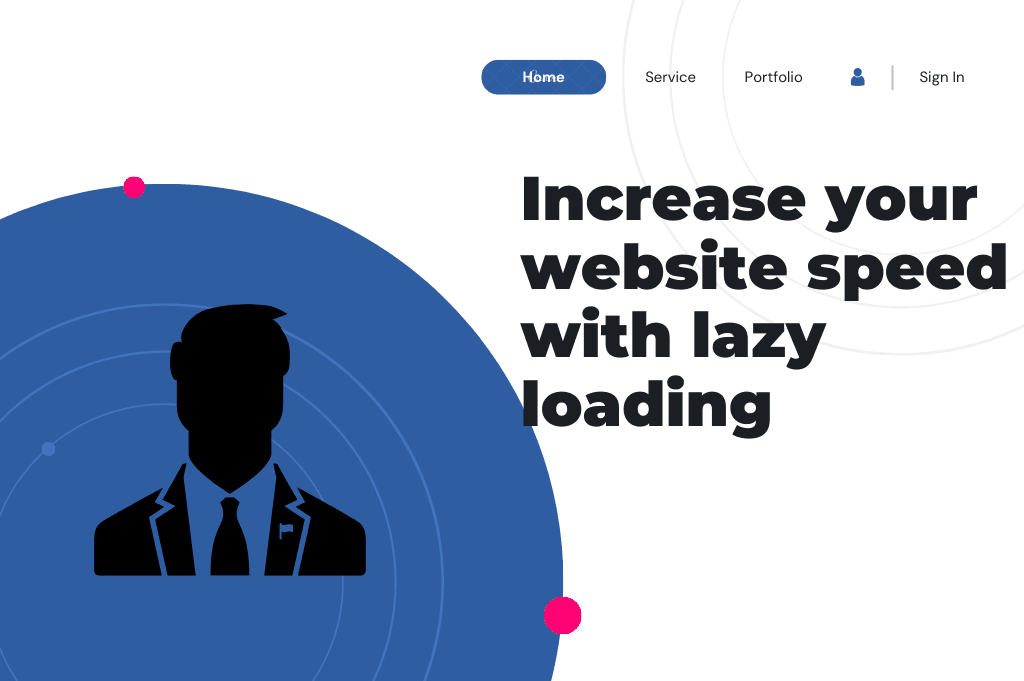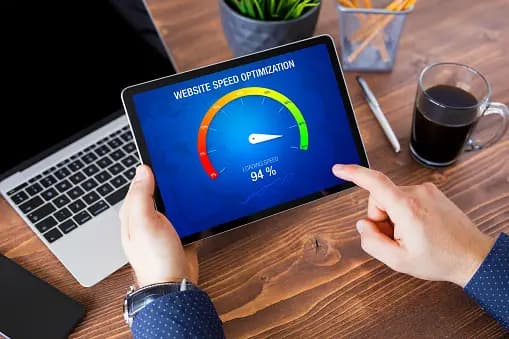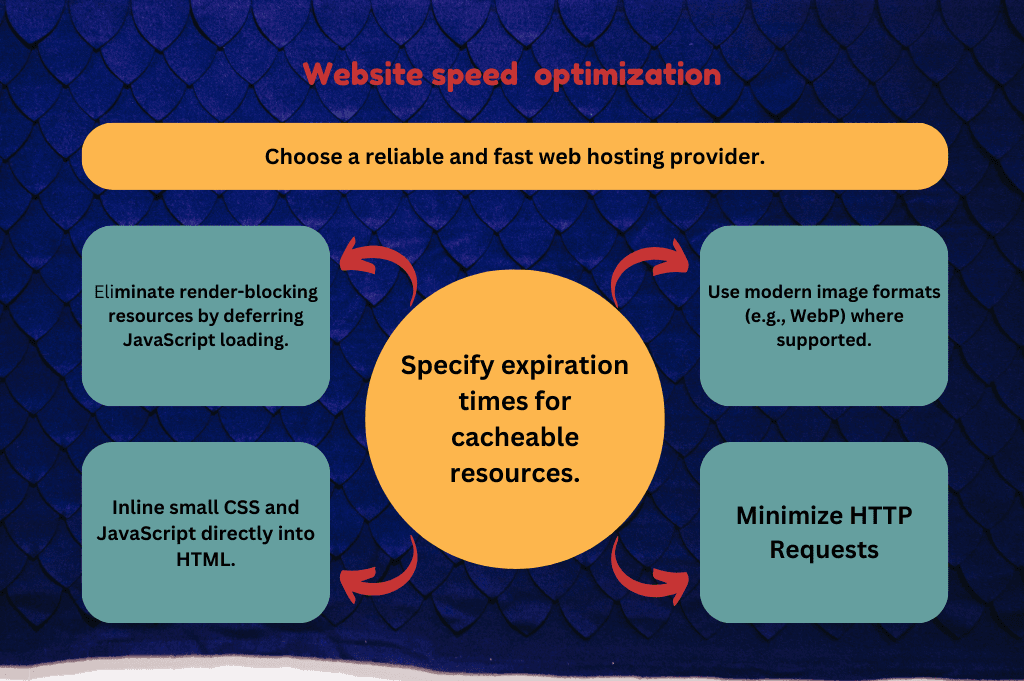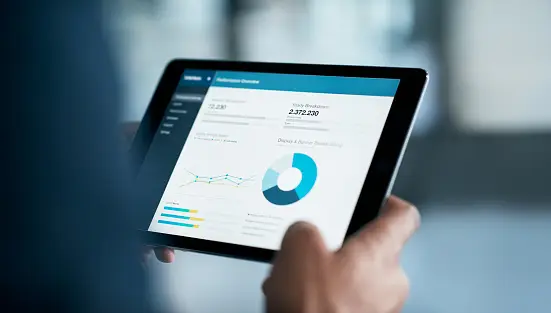
How to improve Website Speed : Tips and Tricks
In today's digital world, website speed plays a crucial role in attracting and retaining visitors. With attention, spans decreasing and competition increasing, users expect fast-loading websites. Moreover, search engines like Google consider page speed a ranking factor, impacting your site's visibility and success. If you're looking to improve your website speed, here are top-notch expert tips and tricks to optimize your website performance.
1. Optimize Images: Large image files can significantly slow down your website. Use image compression tools like TinyPNG or JPEG Optimizer to reduce file sizes without compromising quality. Additionally, specify image dimensions to prevent unnecessary reflows and enhance loading speed.

2. Minify CSS and JavaScript: Remove unnecessary spaces, line breaks, and comments from your CSS and JavaScript files to reduce their size. Minification reduces file size, resulting in faster loading times. Consider using tools like MinifyCSS and UglifyJS to automate this process.

3. Enable Browser Caching: Leverage browser caching to store static resources locally on visitors' devices. This reduces the need to re-download files on subsequent visits, leading to faster loading times. Configure your server to set appropriate caching headers for different file types. Web caching can increase the speed of your website without sacrificing anything.

4. Utilize Content Delivery Networks (CDNs): CDNs distribute your website's content across multiple servers worldwide, delivering it from the nearest location to the user. This reduces latency and improves load times, especially for global audiences. Popular CDNs include Cloudflare, Amazon CloudFront, and Akamai.

5. Implement Lazy Loading: Lazy loading delays the loading of non-essential resources, such as images and videos, until the user scrolls down to view them. This technique reduces initial page load times and improves perceived performance. Many modern content management systems (CMS) offer plugins or built-in support for lazy loading.

6. Reduce Server Response Time: Optimize your server configuration, database queries, and code to minimize server response time. Consider upgrading your hosting plan or switching to a faster server if your website experiences frequent slowdowns due to server-side issues.

7. Enable GZIP Compression: Compressing your website's files with GZIP reduces their size before they're sent over the network, resulting in faster page loading times. Most web servers support GZIP compression, which can be easily enabled via server configurations or plugins.

8. Minimize HTTP Requests: Each element on a web page, including images, scripts, and stylesheets, requires a separate HTTP request. Minimize the number of requests by combining multiple files into one (e.g., CSS sprites for images) and removing unnecessary elements.

9. Optimize Critical Rendering Path: Prioritize the loading of above-the-fold content and critical resources needed to render it. Inline critical CSS, preload critical fonts, and defer non-essential scripts to ensure a faster initial render, improving the overall user experience.

10. Regularly Monitor and Test Performance: Use tools like Google PageSpeed Insights, GTmetrix, and Pingdom to analyze your website's performance regularly. Identify areas for improvement and implement optimizations to maintain optimal speed levels over time.

Benefits of Optimizing the Speed of your Website: Optimizing your website's speed offers a multitude of benefits. These benefits are explained below : It enhances user experience, reducing bounce rates and increasing engagement. Faster loading times contribute to higher conversion rates, as visitors are more likely to explore and make purchases on a responsive site. Improved speed also boosts search engine rankings, as search algorithms prioritize fast-loading pages. Moreover, a speedy website builds trust and credibility among users, reflecting positively on your brand. It reduces operational costs by requiring fewer server resources and bandwidth. Overall, investing in web speed optimization yields tangible returns by driving traffic, increasing conversions, and enhancing user satisfaction, ultimately boosting your bottom line.
In conclusion, Improving website speed is essential for enhancing user experience, increasing engagement, and boosting search engine rankings. By above these 10 expert tips and tricks, you can optimize your website's performance and provide visitors with a seamless browsing experience. Remember, every second counts in the digital world, so prioritize speed optimization to stay ahead of the competition.
FAQs
Why is website speed important for my WordPress site?
Website speed directly impacts user experience and SEO rankings. Faster sites lead to higher visitor engagement, lower bounce rates, and better conversion rates. Additionally, search engines like Google prioritize faster websites in search results, potentially boosting your site's visibility.
What are the common factors that slow down WordPress websites?
Common factors include large image sizes, excessive plugins, outdated themes or plugins, inadequate hosting, unoptimized databases, and poorly written code. Each of these elements can significantly affect your site's loading speed and performance.
How can I optimize images to improve WordPress speed?
You can optimize images by resizing them to the correct dimensions, compressing them without sacrificing quality, and choosing the right file format (e.g., JPEG for photographs, PNG for graphics). Additionally, using lazy loading techniques can defer offscreen images, reducing initial page load times.
What should I consider when selecting WordPress plugins for speed optimization?
When choosing plugins, prioritize those that are lightweight, regularly updated, and well-maintained. Avoid installing unnecessary plugins, as each one adds extra overhead to your site. Look for plugins that offer specific optimization features, such as caching, minification, and database cleanup.